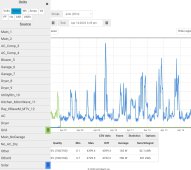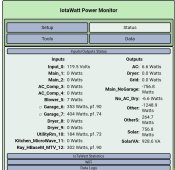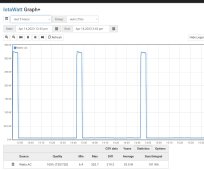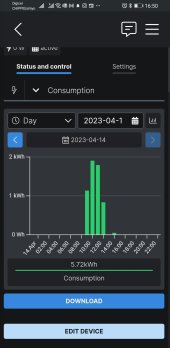hertfordnc
New Member
I'm recently retired and thinking about solar for my home. I don't want to partner with Dominion power. I just want to run my heat pump. This solves two problems. In North Carolina we tend to have bad hurricanes in August. Isabel in 2003 we lost power for 8 fairly hot days. We were lucky it was a mild September.
So, I want to measure the actual KWH used by the heatpump alone during AC season. I'm not concerned about heat in the winter.
I don't want to augment the grid power. I want to close a transfer switch in the spring and get all my cooling from the sun until Labor Day. Or, i want to measure the actual usage and calculate what it would take.
thanks
So, I want to measure the actual KWH used by the heatpump alone during AC season. I'm not concerned about heat in the winter.
I don't want to augment the grid power. I want to close a transfer switch in the spring and get all my cooling from the sun until Labor Day. Or, i want to measure the actual usage and calculate what it would take.
thanks







